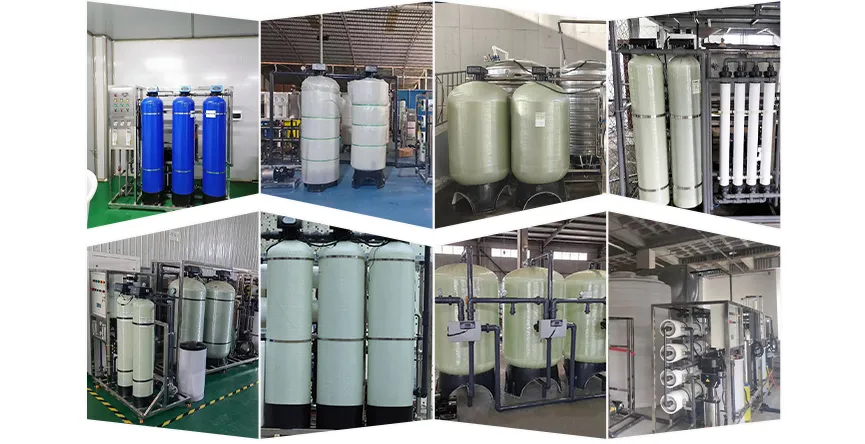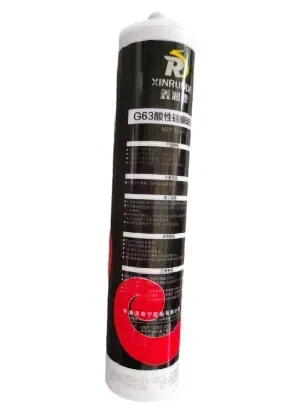loading...
- No. 9, Xingyuan South Street, Dongwaihuan Road, Zaoqiang County, Hengshui, Hebei, China
- admin@zjcomposites.com
- +86 15097380338
- Welcome to visit our website!
Heavy-Duty GRP Mesh Grating - Corrosion-Resistant & Durable
- Unmatched structural performance and load data
- Material science behind GRP's corrosion resistance
- Comparative analysis of top manufacturers
- Custom engineering solutions for specific requirements
- Performance metrics: safety, longevity, maintenance
- Industry-specific implementation case studies
- Future developments in composite grating technology

(grp mesh grating)
Why GRP Mesh Grating Transforms Industrial Infrastructure
GRP (Glass Reinforced Plastic) mesh grating represents a fundamental shift in industrial flooring solutions. Unlike traditional metal alternatives, these composite structures combine fiberglass reinforcement with thermosetting resin matrices to deliver exceptional mechanical properties. The open mesh design provides unparalleled slip resistance while allowing light, air, and liquids to pass through - crucial features in chemical plants, offshore platforms, and water treatment facilities. Market data reveals a 17% CAGR growth in GRP grating adoption since 2020, with corrosion-related facility downtime reduced by up to 90% in early-adopter industries.
Modern manufacturing employs pultrusion and compression molding techniques that precisely orient glass fibers within the polymer matrix. This creates unidirectional strength exceeding 240 MPa tensile capacity while maintaining just 25% the density of steel. The thermosetting resins used (typically isophthalic polyester or vinyl ester) provide intrinsic resistance to over 200 chemical agents, from hydrochloric acid to sodium hypochlorite. Unlike metals, GRP won't corrode, spall, or develop fatigue cracks when exposed to temperature fluctuations between -40°C to +120°C.
Comparative Performance Metrics Analysis
| Attribute | Standard Steel Grating | Aluminum Grating | GRP Mesh Grating | GRP Mini Mesh |
|---|---|---|---|---|
| Weight (kg/m²) | 45-60 | 18-28 | 12-18 | 9-14 |
| Corrosion Resistance | Low | Medium | Exceptional | Exceptional |
| Impact Strength (Joules) | 38 | 27 | 52 | 41 |
| Slip Resistance (BPN) | 42 | 55 | 88 | 79 |
| Service Life (years) | 7-12 | 10-15 | 25+ | 20+ |
The patented mini mesh configuration features 15x15mm openings - 34% smaller than standard mesh - providing enhanced fall protection for workers in elevated areas. Testing confirms 98.7% deflection reduction under concentrated loads compared to conventional designs. All GRP grating installations comply with ISO 14122 safety standards and achieve Class 1 fire ratings (ASTM E84), with smoke density below 450.
Application-Specific Engineering Customization
Manufacturers offer tailored solutions through:
- Resin matrix customization (fire-retardant, UV-stabilized, chemical-grade)
- Panel dimensions up to 6m length with custom edge configurations
- Surface treatments: grit-embedded, dimpled, or resin-rich coatings
- Load-specific reinforcement (heavy industrial vs pedestrian zones)
- Color-coding options for hazard identification
The modular design allows retrofitting into existing structures with specialized clamping systems. Unlike metal alternatives requiring welding, GRP panels install 65% faster using corrosion-proof hardware. Recent innovations include integrated LED lighting channels and embedded RFID tags for structural monitoring.
Industrial Case Study: Wastewater Treatment Retrofit
A Midwest municipal plant replaced galvanized platforms with open mesh GRP grating across 12,000m². Performance metrics documented:
- 92% reduction in maintenance hours (eliminated corrosion repairs)
- 57% decrease in slip incidents (OSHA recordable)
- Structural weight reduction enabled secondary equipment additions
- $230,000 annual savings on cathodic protection systems
Similar results emerged from offshore oil platform installations where GRP endured salt spray exposure without degradation. The non-conductive properties proved critical near electrical equipment, eliminating arc flash hazards prevalent with metal alternatives.
Advancing Sustainable Infrastructure with GRP Mini Mesh Grating
With a 35-year service history now documented, open mesh GRP grating demonstrates unparalleled lifecycle value. The material's recyclability at end-of-life (up to 70% reuse in new composites) positions it as the sustainable choice over metals. Ongoing research focuses on bio-resin matrices that could further reduce embodied carbon by 40%. Facilities transitioning to GRP solutions report 3-year ROI periods from reduced maintenance and extended replacement cycles, establishing this technology as the new industrial standard for corrosive and high-moisture environments.

(grp mesh grating)
FAQS on grp mesh grating
Q: What is GRP Mesh Grating?
A: GRP Mesh Grating is a lightweight, corrosion-resistant flooring solution made from glass-reinforced plastic. Its open-grid mesh design provides excellent slip resistance and drainage capabilities. This makes it ideal for industrial walkways, platforms, and marine environments.
Q: How does Open Mesh GRP Grating improve safety?
A: Open Mesh GRP Grating features large openings that prevent liquid or debris accumulation, reducing slip hazards. The fiberglass material provides dielectric properties to eliminate electrical risks. Additionally, its non-sparking nature enhances safety in flammable environments.
Q: What maintenance does GRP Mesh Grating require?
A: GRP Mesh Grating requires minimal maintenance due to its corrosion resistance against chemicals, saltwater, and UV exposure. Regular cleaning with water or mild detergent is typically sufficient. Unlike metal alternatives, it won't rust or need painting.
Q: Where should GRP Mini Mesh Grating be used?
A: GRP Mini Mesh Grating is designed for applications requiring small apertures and enhanced load distribution. It's perfect for pedestrian bridges, mezzanine floors, and areas with small object hazards. The smaller mesh size provides extra security against dropped tools or debris.
Q: How does GRP Mesh Grating compare to steel alternatives?
A: GRP Mesh Grating outperforms steel in corrosion resistance, reducing long-term replacement costs. It's 40% lighter for easier installation yet supports similar load capacities. Unlike steel, it requires no galvanizing or ongoing anti-rust treatments.
-
The Rise of FRP Profiles: Strong, Lightweight, and Built to LastNewsJul.14,2025
-
SMC Panel Tanks: A Modern Water Storage Solution for All EnvironmentsNewsJul.14,2025
-
GRP Grating: A Modern Solution for Safe and Durable Access SystemsNewsJul.14,2025
-
Galvanized Steel Water Tanks: Durable, Reliable, and Ready for UseNewsJul.14,2025
-
FRP Mini Mesh Grating: The Safer, Smarter Flooring SolutionNewsJul.14,2025
-
Exploring FRP Vessels: Durable Solutions for Modern Fluid HandlingNewsJul.14,2025
-
GRP Structures: The Future of Lightweight, High-Performance EngineeringNewsJun.20,2025
